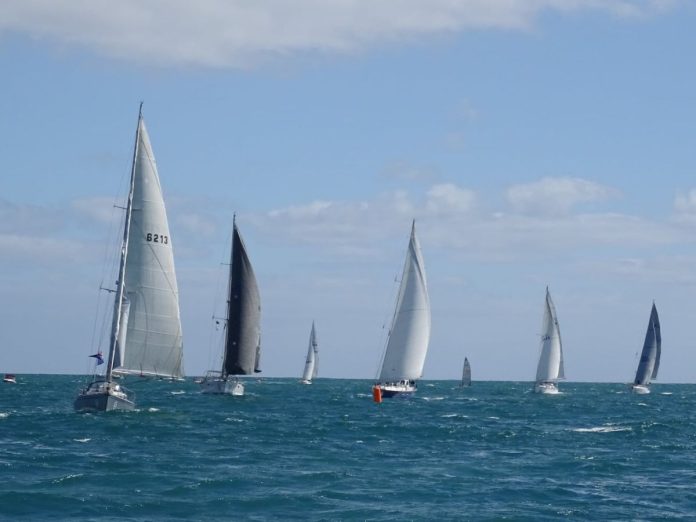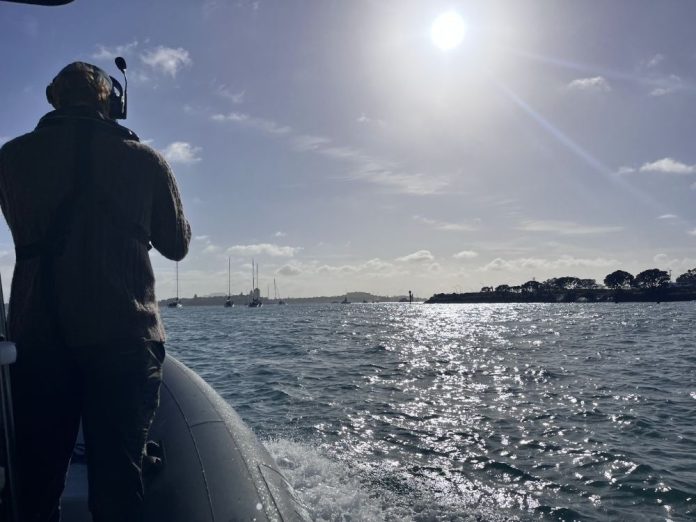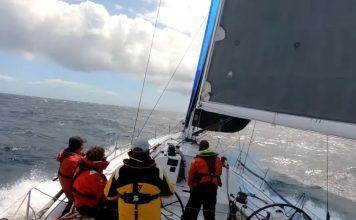Twenty-one sailors will take on the Tasman in May 2026, led by a 79-year-old designer-builder whose lifetime at sea anchors the most experienced fleet this race has ever seen.
On the last Saturday in May next year, twenty-one sailors and their boats will depart Opua and sail to Southport, Australia, in the 2026 Solo Trans-Tasman Yacht Challenge. This will not be an easy journey. On paper it looks straightforward, but they will be sailing about 1,300 nautical miles across a stretch of ocean that compresses more weather into that distance than many seas several times its size. The fleet will likely face steep sea states east of Northland, fast-moving lows rolling off the Southern Ocean, and the final push through the East Australian Current. Each sailor entered in the 2026 event is keenly aware of the conditions they may face, and every one of them has acknowledged the Tasman’s reputation in their race submissions.
That shared respect is one of the few things this varied group has in common.
The 2026 Challenge has drawn the biggest fleet the event has seen. Twenty-one sailors have entered, surpassing the previous record of seventeen boats that set out nearly forty years ago in 1986. Look down the 2026 fleet list and one thing is obvious: every skipper brings serious sailing mileage, from coastal campaigns to circumnavigations. This is a passage that is not for the faint of heart.
Solo at sea: Opua to Southport, a bigger, bolder 2026 Solo Trans-Tasman
All of the sailors are over forty, but that is not the story. Many of them crossed oceans long before that age, and several have more than 100,000 miles behind them. The real question is why, having already done so much, they still choose to cross a piece of water that can be brutal.
The Tasman Sea, colloquially called “the Ditch”, is widely regarded as one of the most difficult and unpredictable stretches of water in the world. It sits under the influence of the Roaring Forties and is exposed to Southern Ocean lows, localised weather systems, and highly variable sea states. Sailors have lost their lives out here; boats have been rolled, dismasted, and abandoned on this route in the past.
In 2022, writing in his online journal Mv Astra, Iain Macneill described a crewed Tasman crossing this way: “Our five day crossing of the Tasman Sea presented sleeping problems for all with the pounding and pitching and sleep was generally in snatched blocks of 40 minutes for the middle two days.” For the 2026 solo sailors, there will be no watch system, no one to share the helm, and very little uninterrupted sleep. They will need strength of mind and body, and, you might say, a fair bit of soul.
Another long-distance cruising blog, buffalounickelblog, summed up their view after three crossings: “We’ve crossed it three times in two different boats, and each time it has demonstrated why it is among the top five notoriously difficult and dangerous seas in the world… Our recent crossing in March 2019 was supposed to be our easiest, but we ended up seeing the largest waves we have seen in over 36,000 miles of cruising in the past ten years. And it humbled us.”
Those are crewed accounts. In 2026, these same conditions will be faced by solo skippers making every sail change, every repair and every call on their own.
Which brings us to one sailor who has seen more of the Tasman, and more of this race, than almost anyone else.
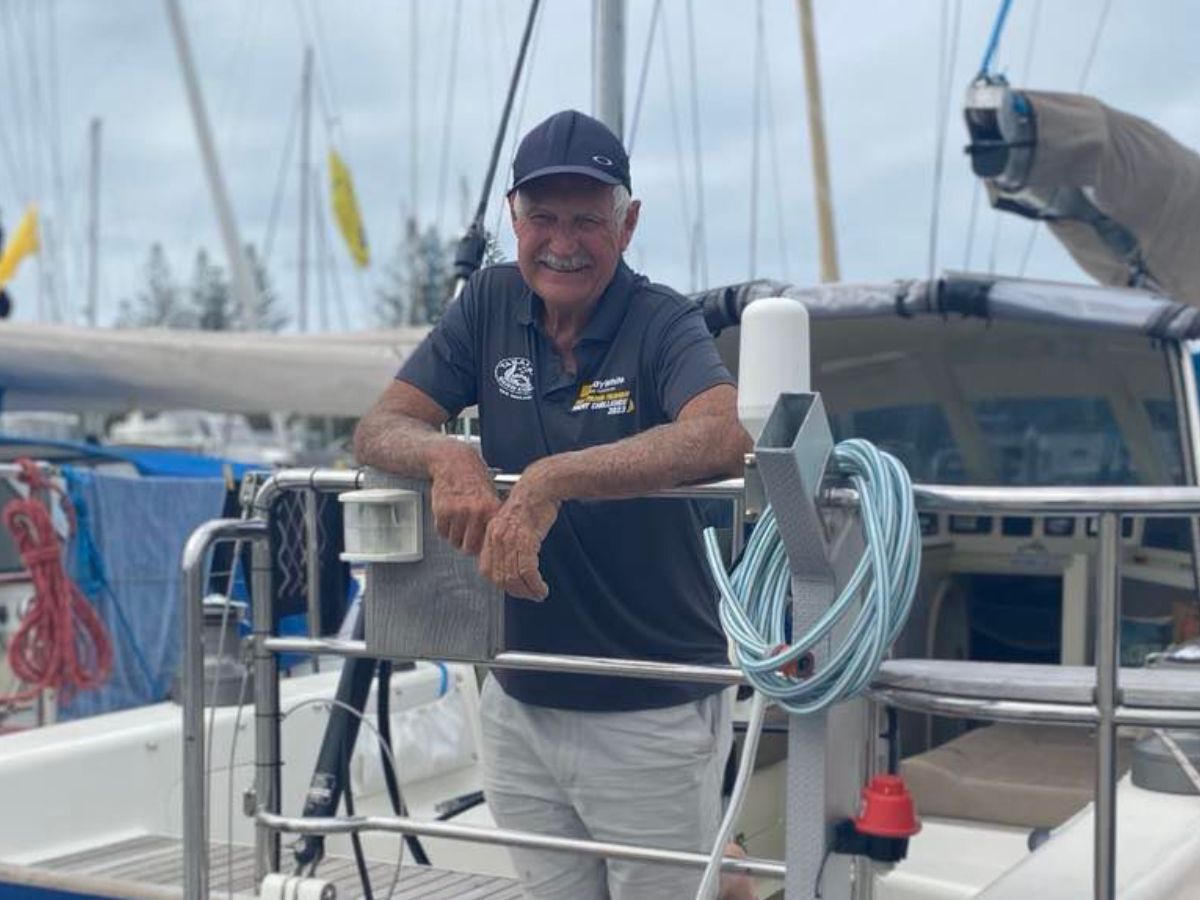
At 79, Malcolm Dickson, who will be taking on this challenge in his 16.82-metre self-designed Dickson 55 Sarau, is both the oldest entrant and the most experienced in terms of Tasman crossings. His connection to Sarau is personal: she is the last boat he designed and built before selling his business and moving into a full-time cruising life. He did not just buy his race boat; he drew her lines and saw her built.
Dickson first lined up for the Solo Trans-Tasman in 1978 aboard Spindrift. That year drew 16 starters, the biggest fleet the race had seen, and it was a brutal crossing. One skipper, Bill Belcher, struck Middleton Reef and spent 28 days adrift before being found in his life raft. Dickson returned to the race in 2018 with Sarau, finishing second behind his son.
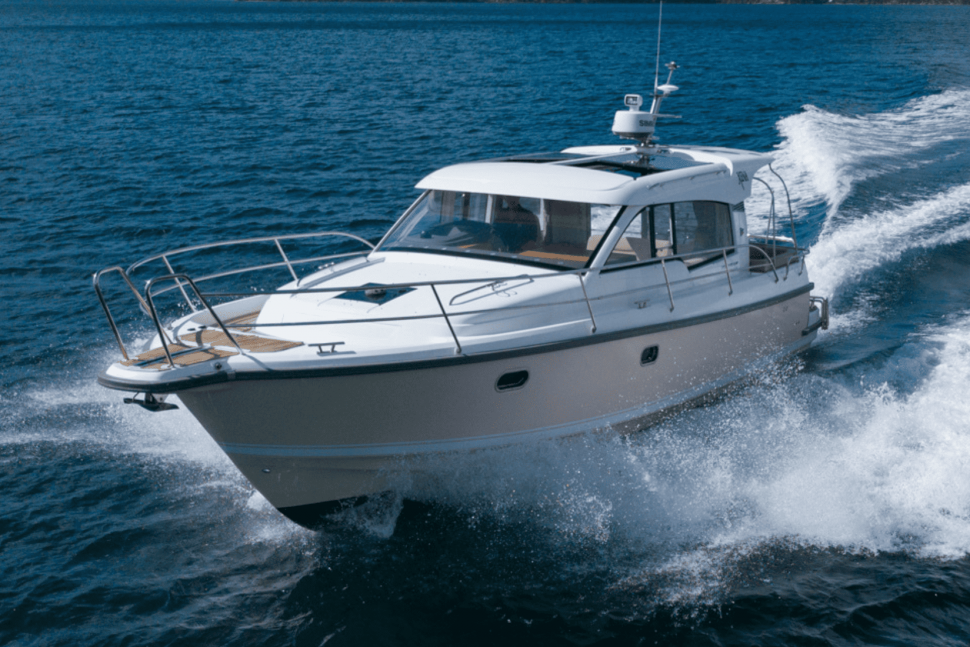
Before the 2023 edition he rebuilt the boat for speed, pulling roughly three tonnes of live-aboard weight out of her; the dinghy, outboard, diesel heater, washing machine, extra chain, even the carpet. The refit dropped Sarau from about 18 tonnes to 15 and turned a heavy cruising yacht into a much leaner race boat.
In 2023 that work paid off. Dickson won the race, taking line honours and first monohull, and set a new monohull record for the course to Southport with a time just over 10 days, 1 hour, 53 minutes, 50 seconds. It was not a clean run. He lost his working jib on day two and, midway across, his satellite phone failed, leaving him without reliable weather routing or fleet tracking for much of the crossing. He later admitted he was “just sort of guessing” where to go and only discovered he was leading when he was within 12 nautical miles of Southport.
None of that is told for drama. It simply shows the reality of solo ocean racing: you cope with what breaks, you keep sailing, and you deal with whatever the Tasman throws your way. As Dickson himself has said, “The Tasman can and does throw up anything.”
His wider sailing story runs even deeper. Dickson learned to helm before he started school and grew up designing, building and sailing boats; he considers sailing to be “in his DNA.” In 2000 he circumnavigated eastabout, south of the great Capes, a route that demands serious seamanship and patience. Looking ahead to 2026, he puts this next race in simple terms: “This race will be my eleventh sail across the Tasman, and my sixth time solo. Feel very fortunate to still be able to participate in this great event.”
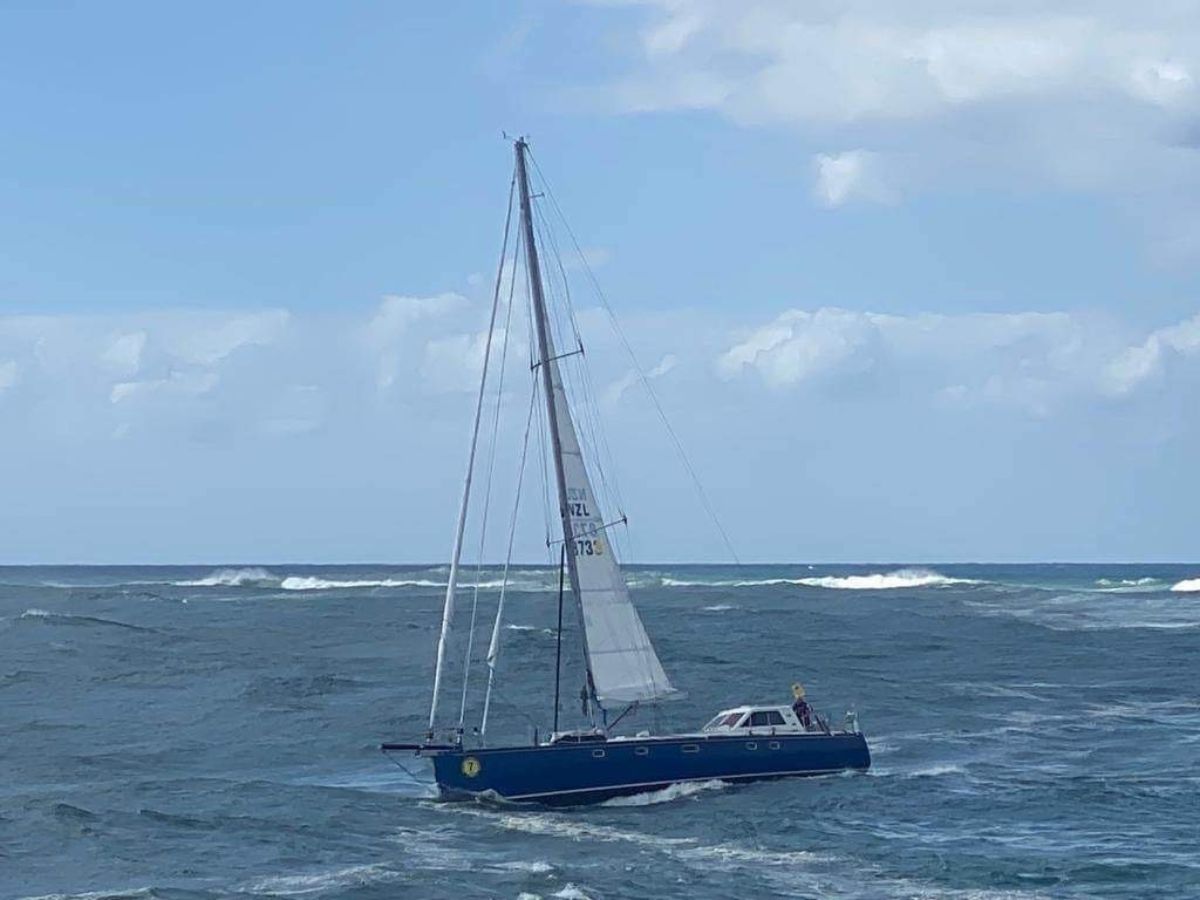
Malcolm Dickson is a living bridge between the early days of this race and its twenty-one-boat resurgence in 2026. His career spans nearly fifty years of designing, building, cruising and racing. Sarau offers a scale and comfort rare in modern solo fleets, but that comfort has been deliberately pared back into performance. In a fleet where many boats sit around the 10–11 metre mark, often earlier designs or modest coastal cruisers now pressed into offshore service, a 16.82-metre, purpose-refined Dickson 55 stands out.
He is not alone in his depth of experience. Sailors such as Kevin Le Poidevin, fresh from a solo non-stop circumnavigation in Roaring Forty, Leslie Graney with her 125,000nm of blue-water mileage, and Sharon Ferris-Choat with world records and round-the-world victories on her CV form part of the same picture. But Dickson adds something unique: continuity. He was on the start line in the 1970s, came back decades later, rebuilt his boat, won, and is still going.
In a fleet that includes younger skippers like Lucy Te Moananui with her tough little Contessa 32, and hard-driving campaigners like Glen Jeffery, James Foster and others with strong Tasman and RNI pedigrees, Dickson represents something simple and solid: a long view, a well-understood boat, and an unshaken respect for the Ditch.
When Sarau leaves Opua again in 2026, she will carry more than a stripped-out interior and new race optimisations. She will carry the weight of a story that started in 1978 and is still being written. For the rest of the fleet, Malcolm Dickson is not a curiosity, or “the old guy”. He is proof that the Tasman can be faced repeatedly, honestly, and on your own terms, as long as you never stop respecting it.
References
- Official 2026 entry list
- MV-Astra: Week 17! Not for the faint-hearted.
- Buffalo Nickel: Crossing the Tasman Sea
- Yachting New Zealand: Taming the Tasman: How Malcolm Dickson made it third time lucky in iconic solo race
- Yachting New Zealand: Father and son to add another entry into epic list of achievements
- Yachting New Zealand: Father and son prevail in solo trans-Tasman race
- Radio New Zealand: Solo skippers to race across Tasman
- Raymarine: Sailing Into the Storm: Kevin Le Poidevin’s Epic Voyage to Osaka








